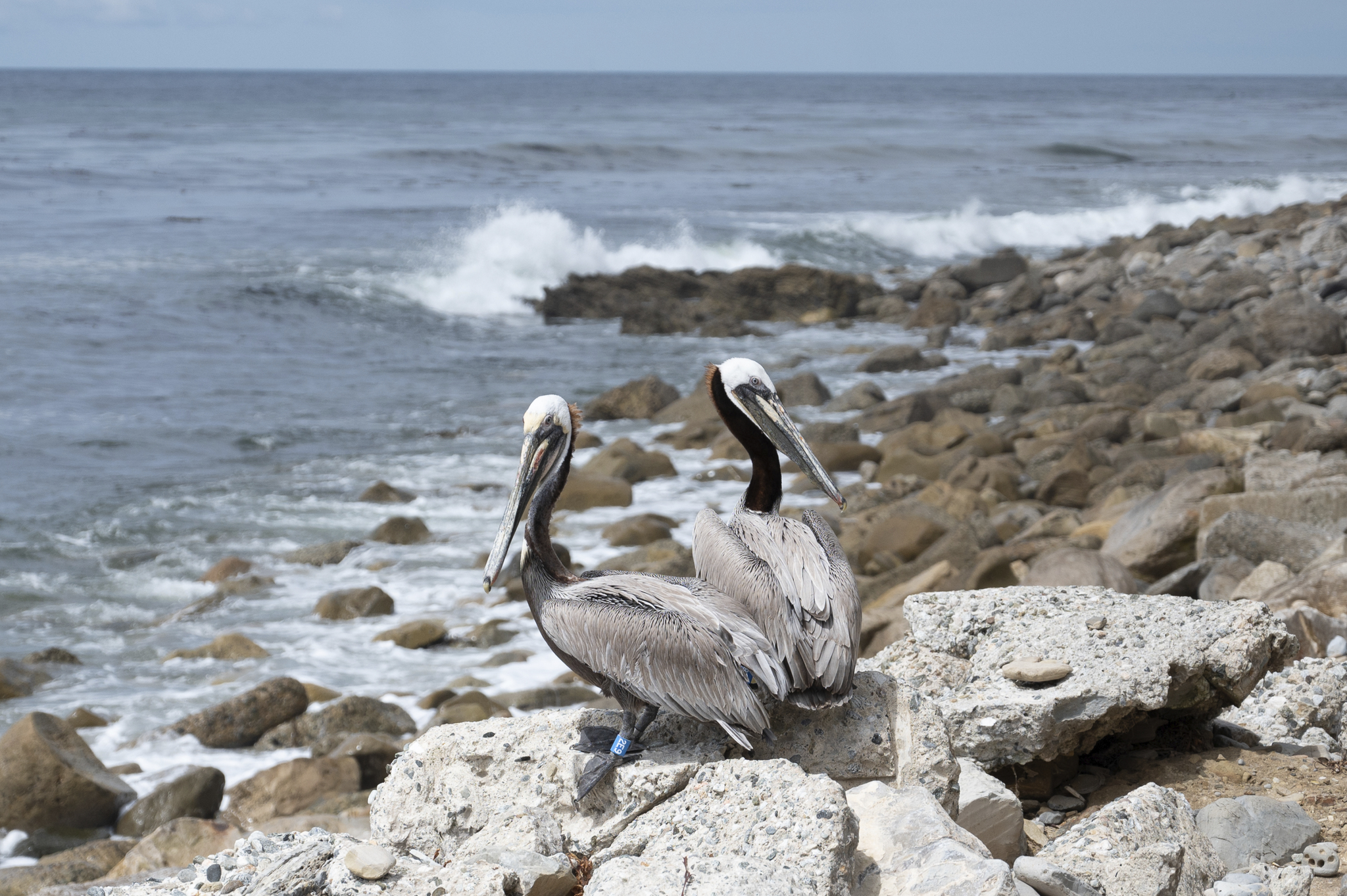
It’s a mystery that remains unsolved.
After the emaciated, dying birds started showing up on beaches from Orange County to Malibu several weeks ago, there are now indications that their young are being affected, too.
Biologists who study pelican populations on Anacapa and Santa Cruz Islands off the Ventura coast say that pelican chicks are being found dead in their nests there, according to Debbie McGuire, executive director of the Wetlands and Wildlife Care Center in Huntington Beach.
“Either something happened to the parents that couldn’t keep feeding them, or the parent just wasn’t able to forage and catch enough fish to keep themselves alive,” McGuire said.
Get Southern California news, weather forecasts and entertainment stories to your inbox. Sign up for NBC LA newsletters.
The National Park Service website says that “the only long-term breeding colonies of California brown pelicans in the United States” are on the islands.
The Wetlands and Wildlife Care Center, which has an on-site veterinarian, has seen a huge increase in pelicans being brought in for treatment, according to McGuire. At present, the center has treated 186 patients total, with only half of those surviving.
Other marine wildlife care centers are reporting similar numbers with many birds suffering from "emaciation, dehydration, malnutrition, anemia," according to Elizabeth Wood, a veterinarian with the Wetlands and Wildlife Care Center.
“We know they’re starving, but we don’t know why,” Wood said.
McGuire said there are number of theories being considered since no pathogens have been discovered so far from necropsies performed on the dead birds. Among them: food sources, such as bait fish, that have been swimming out of reach of the pelicans, which typically only dive to a maximum of 6 feet when hunting.
But why the bait fish are doing that is still unclear, McGuire said.
Anyone who encounters a starving pelican is urged to report it to authorities or a marine animal rescue organization immediately, said Wood, because it probably has less than two hours to live.
“The ones we’ve lost have been in that time period, when they’re basically too far gone and they don’t make it out of a hypothermic state.”



